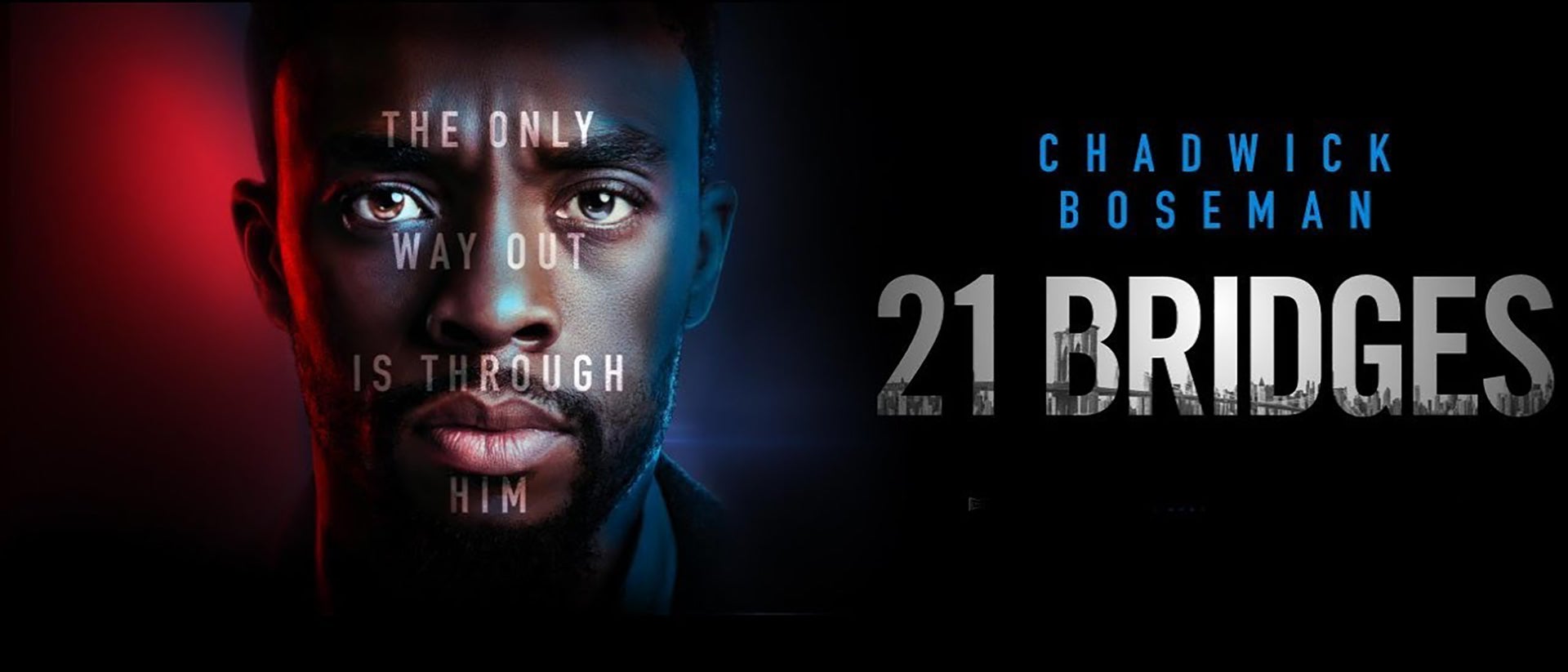
03-12-2020 - Case Study, Gear, Technology
Tech Talk - Paul Cameron, ASC, Discusses Shooting VENICE on "21 Bridges" and "Reminiscence" - Part Two
By: Jeff Berlin
We recently spoke with DP Paul Cameron, ASC, discussing his experiences with VENICE on his two most recent films, 21 Bridges and Reminiscence.
In cop thriller 21 Bridges, after uncovering a massive conspiracy, an embattled NYPD detective joins a citywide manhunt for two young cop killers. As the night unfolds, he soon becomes unsure of who to pursue -- and who's in pursuit of him. When the search intensifies, authorities decide to take extreme measures by closing all of Manhattan's 21 bridges to prevent the suspects from escaping.
21 Bridges is currently available on your favorite streaming platforms.
The sci-fi thriller Reminiscence, now in post-production, is directed by Westworld producer-writer-director Lisa Joy and stars Hugh Jackman and Rebecca Ferguson. In it, a scientist discovers a way to relive your past and uses the technology to search for his long lost love.
No release date set as of this writing.
All behind-the-scenes photos courtesy of STXfilms.
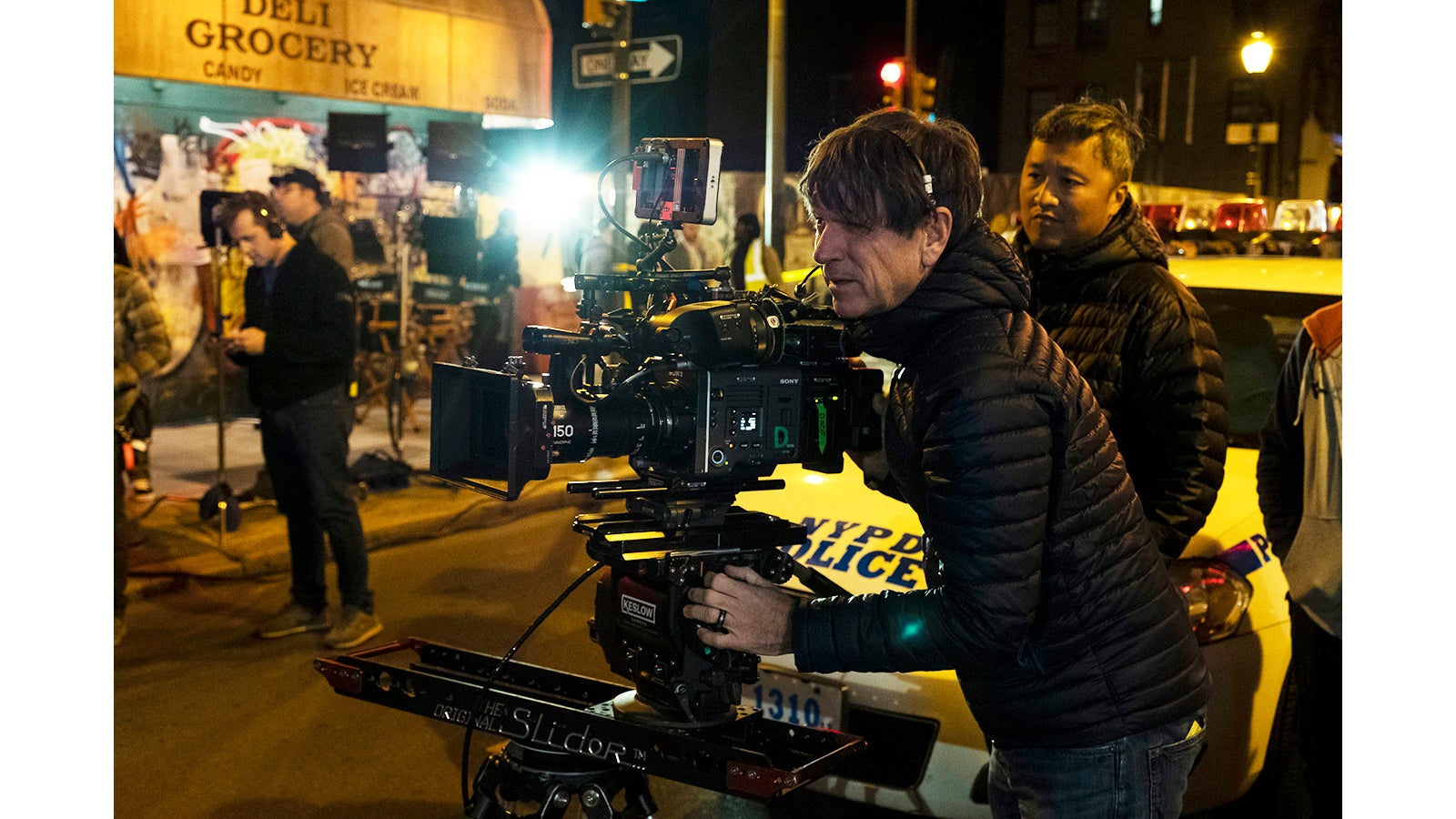
Jeff: Tell me a bit about how you decided on the VENICE for 21 Bridges.
Paul : When I got the call to do 21 Bridges, I had just shot a short film for my wife, Laura Stabilini, in Los Angeles which was for actually for the ZEISS Supremes. She directed and I shot, and I had a chance to use the VENICE and the Supremes and got amazing results with both. It was quite simple for me. It was the full frame sensor and full frame lenses that upped the ante for digital capture.
I think digital cinematography has been on this path of trying to become as good as film for the better part of the last 10, 12 years. And when the VENICE came out I felt, "Okay, here's a full frame sensor, a larger sensor, but with a newer color space than the previous digital capture systems from Sony.” That combination put me over the edge. I felt it was for years we directors of photography have been waiting for the next stock from Kodak, whether it was a finer grain high-speed stock or a slightly boutique high-speed stock, or whatever. We had this evolution of film stocks with Kodak, Fuji and Agfa for many years, and we tracked them. We knew the idiosyncratic changes that stocks were making and for the better part of a decade we beta tested digital capture, digital sensors that were trying to emulate film but weren't coming close.
With the advent of the Sony VENICE, here was a camera with a sensor and a color space that was an interesting new film stock for me. It was obviously a sensor larger than a Super 35 sensor so you get the optics that go along with that. And with those ZEISS and other full frame lenses, we're using wider lenses at faster T-stops so we now have wide shots with a shallow depth of field, which is amazing. We never really had that before. With the Sony VENICE and a 25mm ZEISS Supreme, whatever the equivalent is in Super 35, 21mm at .9 T-stops, my first reflection on it was, Great, this is much more photographic than any digital capture system I've worked with extensively.
On a big screen, when you're looking at a 25mm shot at a T1.5, focusing 12 feet away and the background is falling off, we just didn't have that before. With the smaller sensor we had more depth of field.
When Keslow Camera got the Sony VENICE, I went down for a visit. They pulled it out of the box, plugged it in, we put a full frame lens on it. I said to myself, Okay, we’ve got something here. This is a new photographic system.
And when I tested the VENICE specifically for Westworld, which they were considering using for the whole show from my recommendation, what I saw was great color rendition at 500, where it was holding the subtleties of the color of eyes, for example, so I gravitated immediately toward the VENICE on 21 Bridges. And again, it was like opening a box of new film stock. Everything made sense about that camera - the internal filters, the 2500 base. I thought, "Okay, this is a great new tool that needs exploration."
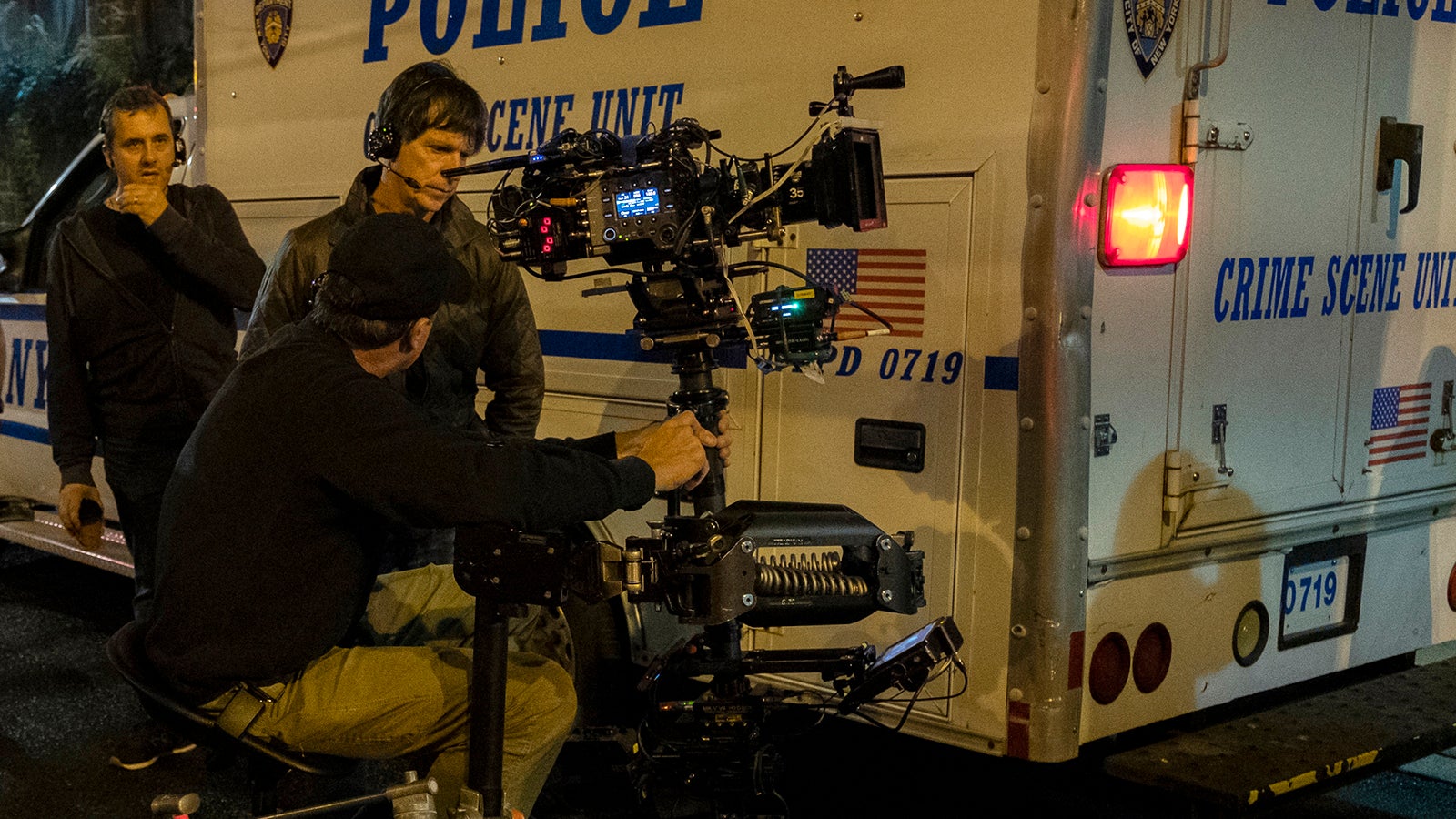
Jeff: How did you test the camera?
Paul : When I got the call for 21 Bridges, I was on my way to Malaysia to shoot a different film and I had already booked a couple of VENICE cameras for that. But that film fell apart and I talked to [ 21 Bridges director] Brian Kirk, who wanted to shoot on film. STX [the production company] said "No way.” So I said, "Listen, we gotta use the VENICE." And he said, "Well, I've shot all my projects on ALEXA, you're going to have to really convince me on this." I said, "I gotta tell you, there's just no comparison in the color space for me."
I started testing 21 Bridges in Philadelphia, and I don't test in a studio against gray. I take the camera out at night. I put police lights in front of it. I move the camera fast. Or I put it on a car rig to test motion blur and take it through the kind of visceral paces that the camera's going to go through. That process was fantastic because I beat on the cameras as hard as I could and felt this system's going to really hold up well.
Jeff: What about the camera’s dual base ISO?
Paul: When you look at footage in a 4K DI suite and you're looking at one shot at 2500 and you split screen with another shot at 500 and there's no apparent gain in noise, I thought, "Okay, wow, this is pretty amazing." I think what sealed the deal was shooting identical footage on the [Alexa] Mini and the VENICE. Brian Kirk said, "Well, why don't we just shoot with ALEXA Minis? I'm used to doing that on my pilots and TV shows." I replied, "Well, I really think VENICE is the right way to go."
So I brought that footage to Tom Poole, the DI colorist at Company 3 in New York. And watching Tom was like watching a musician play an instrument. He said, "There's just no question how much smoother the VENICE color space is. I can bend it here and chop this there. And we can do this like this.” I could see how he was spinning the wheels off the log color space, and through the show LUT that we were establishing, that he gravitated toward the VENICE immediately, and that was it. Brian, who was there, said, "Okay, you guys win."
We also tested adding Live Grain to it and we felt that at 500 the Sony was cleaner than the Mini. And certainly I felt that at 2500, we both did. So with the combination of the VENICE and Live Grain, this was now going beyond the step of just emulating film or trying to get as good as film to where I actually now have a camera system that is better than film.
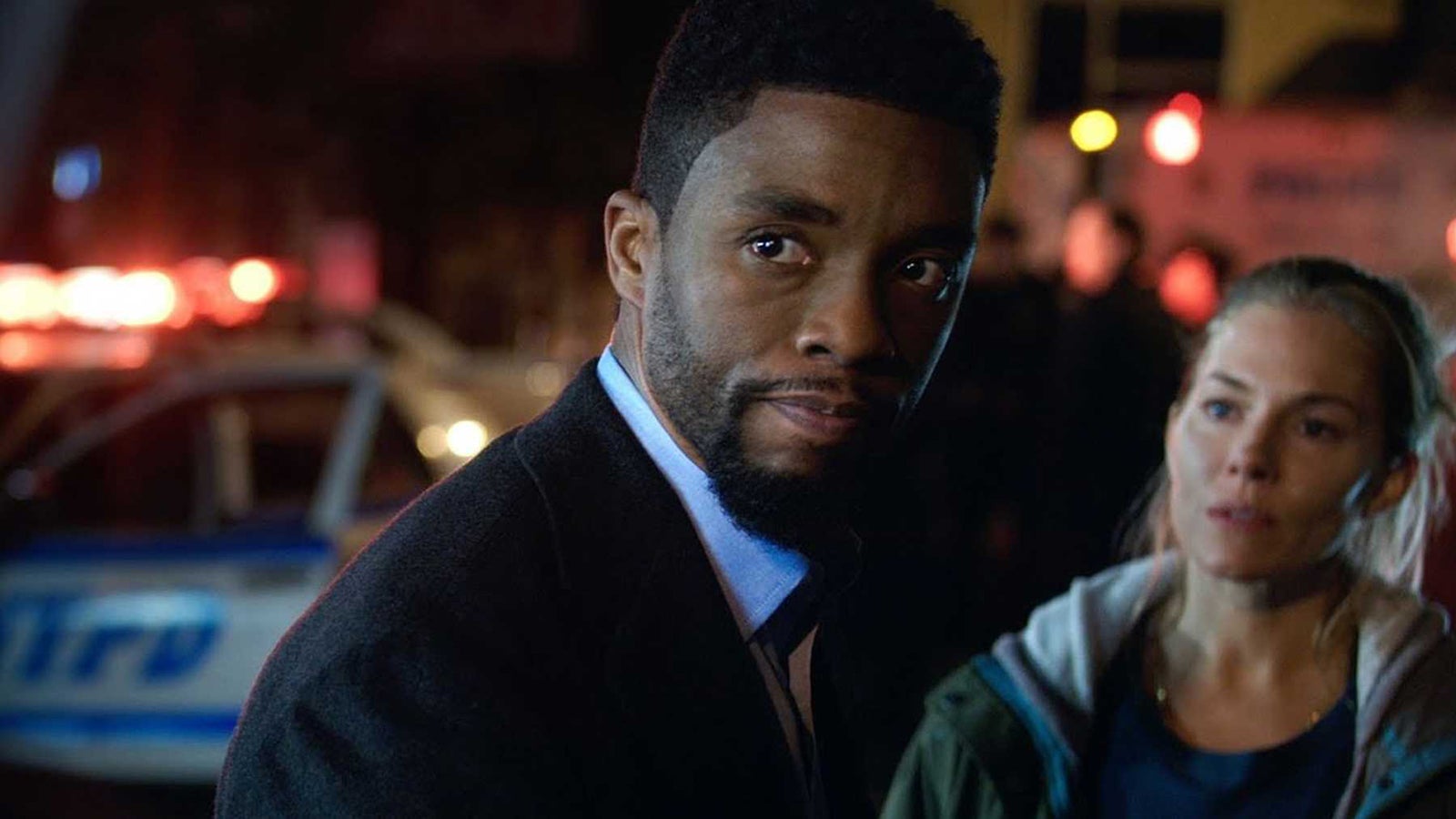
Jeff: How do you like the internal NDs?
Paul : Yes, one of the greatest attributes of the camera is the internal ND system. I love lighting big anamorphic films with heavy T-stops at night. I would light night exteriors at a T5.6, then I'd ND the wides down to a T2.8, and then as I got longer on my anamorphics I'd pull an ND3 or an ND6.
I am a firm believer in the psychology of depth of field. I have always paid a lot of attention to maintaining my backgrounds and levels of focus of mid-ground and background in anamorphic. And now I change the ISO, I change the NDs on my cameras all the time. I'm constantly changing them depending upon which lens I’m using, whether I'm jumping from a 75mm to a 180mm on an anamorphic, where one has an ND3 and one has an ND9. I'm flipping back and forth all the time.
Jeff: It’s great for when you’re on a crane as well.
Paul : Oh yeah, it's crazy. I shot a few multi-camera projects with the VENICE and to be able to flip NDs remotely, and flip NDs in a helicopter without landing, was just amazing.
Jeff: You had a lot of mixed skin tones in the film.
Paul: It's difficult at night when you have skin tones like Sienna Miller’s and Chadwick Boseman’s in the same frame, or J.K. Simmons, who just soaks up every light and lights up, compared to Chadwick, who absorbs a lot of light. I think a lot of it has to do with how you approach the camera and the look up table you’re applying to your film. What I'm seeing more on this film is a consistency in fall off on skin tones. We've been having more success with the Sony VENICE, keeping the skin tones on track.
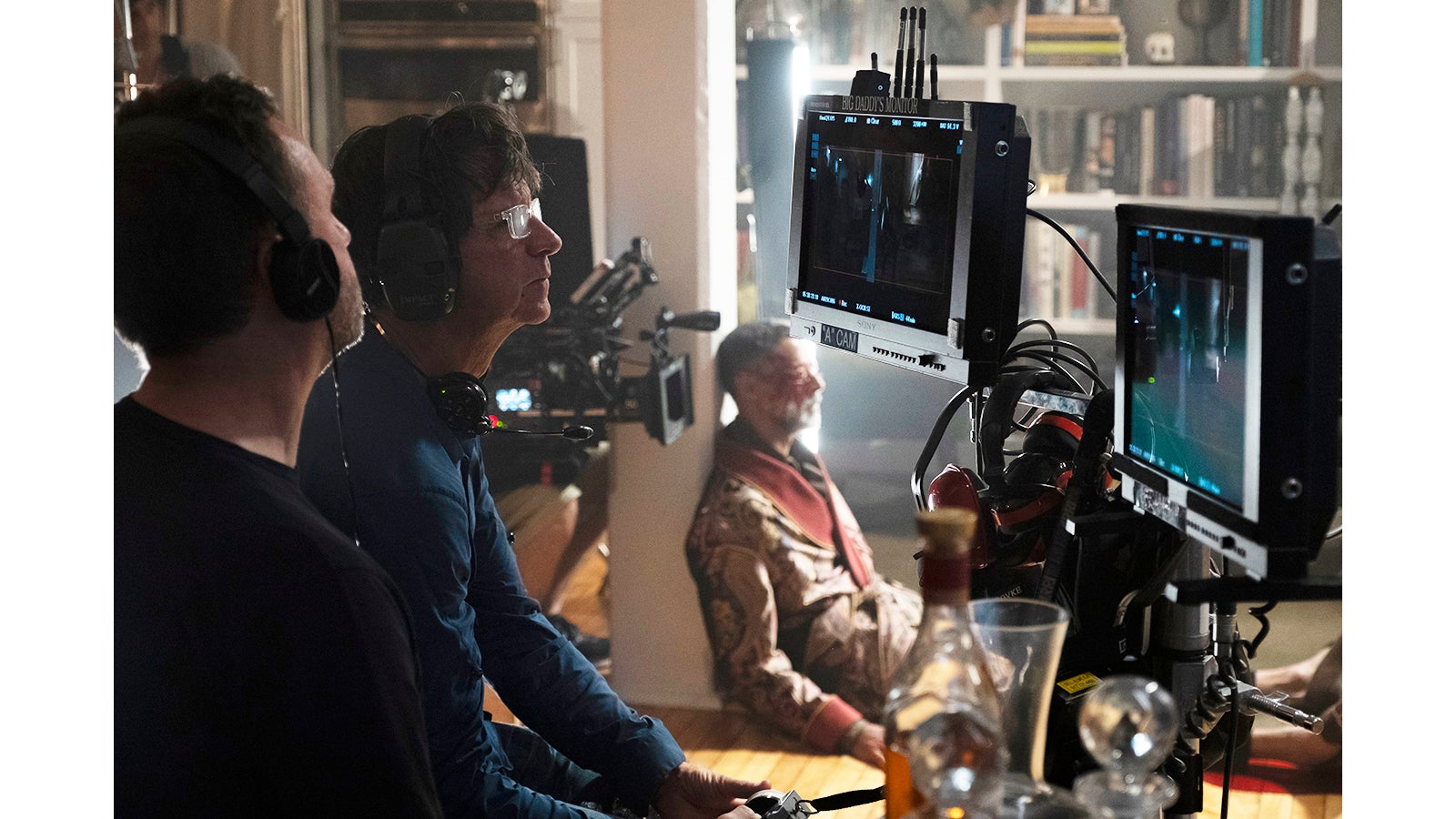
Jeff: Which flavor of X-OCN did you guys shoot?
Paul: The highest, X-OCN XT.
Jeff: What has your experience been like in the grade?
Paul: I like to go in with a colorist and make sure that they have the best tools to color a movie with. That’s why I shot XT, so they could have the best uncompressed log image possible. I've always been an advocate of doing the highest resolution available as well.
Jeff: High resolution yes, but also dynamic range.
Paul: Yes, and that's the beauty of it. Now, after having tested [VENICE] specifically on Westworld, film vs. VENICE, and you're really seeing comparative dynamic range… I'm not sitting up at the screen measuring it with a meter, but we're sitting there with a half dozen very well trained craftsmen and artists analyzing it, looking at different areas of fall off and color, contrast and resolution, film versus VENICE, and you think, "Okay, well that's really getting to a place where we can compare them realistically.”
Ultimately, cinematographers need to get back to a place where they're really just concerned with what they're shooting, are inspired by what they're shooting, and not intimidated by the technology nor driven by [the technology]. And I feel that these last 12 or 14 years of digital data testing that cinematographers have done, it's nice to now be in a place where you get cameras like the Sony VENICE, where we're in such a good place of being able to photograph films that it lets cinematographers go back to what they really need to do, which is surround themselves with inspiration and not be obsessed with technology.
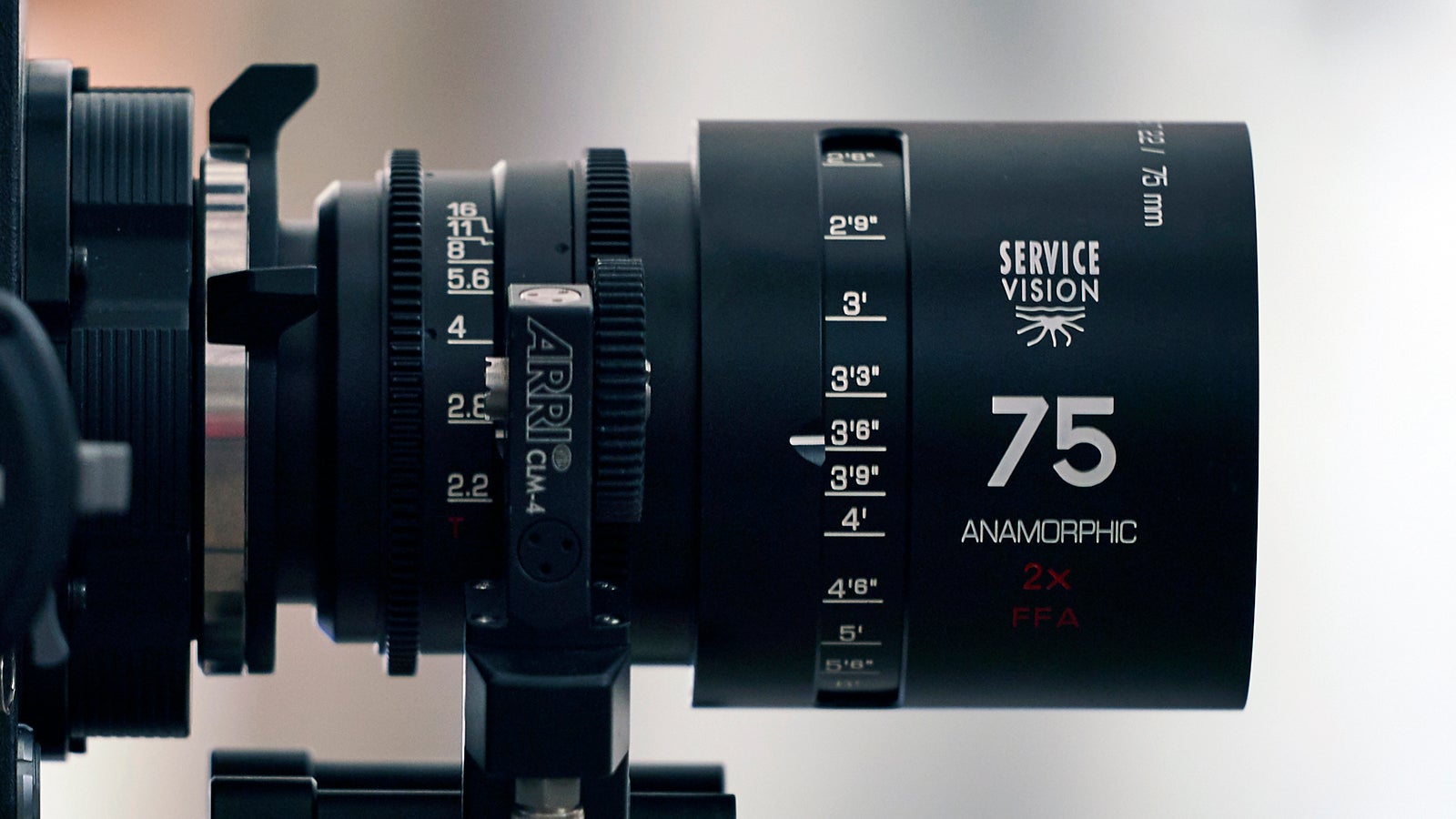
Jeff: Let’s talk about the Scorpios.
Paul : I was really set on shooting The ZEISS Supremes for 21 Bridges in 6K 2.39. I felt like that's really the Sony VENICE at its best, full frame 6k. That sensor size and color space is the most gorgeous to me. I got a call from Brad Wilson at Keslow Camera asking if I wanted to look at a new set of Servicevision Scorpio Full Frame Anamorphic 2X lenses, so I told him to send them. They are a hybrid full-frame anamorphic lens because the anamorphosizer is within the rear series of elements so it’s not a true front or rear anamorphic lens. They perform more like spherical lenses while having just a slight anamorphic bokeh.
I was shooting a test under one of the Philly subway elevated train platforms. I had some police cars under there and I was doing some lighting and color tests, and Brian Kirk, the director, was there. The lenses arrived and as soon as I put one on the camera I got these halation hits off the police lights and it was like instant energy.
I had so many police cars [in the film] that I wanted to come up with a LUT that contained the highlights and the color in the highlights. I didn't want to gel every single police car. So bam! I put on the Scorpio anamorphic and the halation was there. I had previously tested some other anamorphics and I found the halation hits were so strong that it was almost like a complete blowout for five, six or ten frames, and that was too much. The ZEISS Supremes held them so well that they weren't really flaring, they weren't halating and the Scorpios were.
The way we were approaching the film, sort of channeling an older-school Sydney Lumet approach while keeping it contemporary, I wanted sharp faces. I wanted it to be clean, and I wanted Live Grain at the end. I knew I'd be windowing some faces, softening faces here and there and sharpening eyes, which I like to do anyway in the DI. We started shooting with the Scorpios and did some driving tests at ISO 2500 with available light in the car, just using a small LED stick for a bit of fill, and before we knew it we were shooting with the Scorpios. I said, "Okay, even though I just bought a set of ZEISS Supremes (laughs) and fell in love with those lenses, I want to shoot this movie on the Scorpios.”
The main thing for me with optics is how faces are rendered. That’s number one. Number two is the contrast. Are they low-con? Do they flare well? Or are they slightly high-con? Do they milk out? Whatever the combination is, or the soup is, of these lenses, the number one ingredient for me is how they render faces, and ZEISS have always been fantastic, and obviously Panavision has been amazing, and if you go through everything from Leica to Ultra Primes to Master Primes and you shoot the same face, and you print out the shot in a still frame, you will see what lenses actually stretch faces or make them rounder. I think part of the reason for my buying those ZEISS Supremes is that faces are perfectly rendered on them.

Jeff: I’ve shot two projects on the Scorpios and feel like they render faces really nicely. They’re also pretty lightweight. You kept your camera builds compact, I understand.
Paul : Yes, that was the other thing about them for me as well. I think they are also incredibly clean. I wanted lightweight anamorphics on 21. We built up the camera for Steadicam, but I knew there would be rigging where we would be jamming cameras in cars. I like a lighter-weight, faster system. I like the VENICE when it's stripped down. I don't like all the handles and bars and monitors. I've streamlined all that so there are no unnecessary bits and pieces. Also with the VENICE I end up using the Rialto quite a bit and that's been very successful. We actually shot a lot of night photography in Singapore on the VENICE with the Rialto, Master Wheels and the Ronin S and it was incredible. We have that rig with us here on Reminiscence as well.
Jeff: What lenses are you using on Reminiscence?
Paul: On Reminiscence I'm using Cooke anamorphics, 2 to 1. They're heavy, they're big, they're beautiful, they're challenging, they're beasts. I've grown to love them for this film. I really love shooting them at a T3.5. And I like being able to sometimes go to a T4.5 on longer lenses to keep some focus in the background.

Jeff: Do you manage depth of field with dual base ISO?
Paul: I’ve been doing that more on Reminiscence, utilizing 2500 base to manage depth of field and my T-stops, shot to shot, much more than I have in the past. I used to light films like Gone in 60 Seconds or Swordfish, the night exteriors, for 500 ASA and T5.6, and then I’d shoot my wides with an ND6 and decide whether I would pull an ND3 or an ND6 depending how long I went on an anamorphic lens because I wanted a little more depth of field.
On 21 and Reminiscence I had three cameras rolling almost the whole time and I was changing internal NDs and managing depth of field on every single shot, and sometimes changing my mind take to take. I'm watching how the depth of field's shifting in a shot and then I see, maybe the top edge of the 100mm is a little too soft so I'll just pull an ND and go down another stop because I don't want an eyebrow to be out of focus.
So between changing shutter, NDs, and ISO base, it happens fast and it's so easy. Like for example, if I’m on the edge, where I’m at a T2.5 on a long lens and I've been shooting base 500 the entire scene but I want to give them another stop and a half, two stops so bang, go to 2500, knock it down one and a half to two stops and I'm shooting with more depth of field immediately.
These are the kind of attributes... it's a combination of the sensor and the physicality of the camera that's the interesting aspect of the Sony Venice.
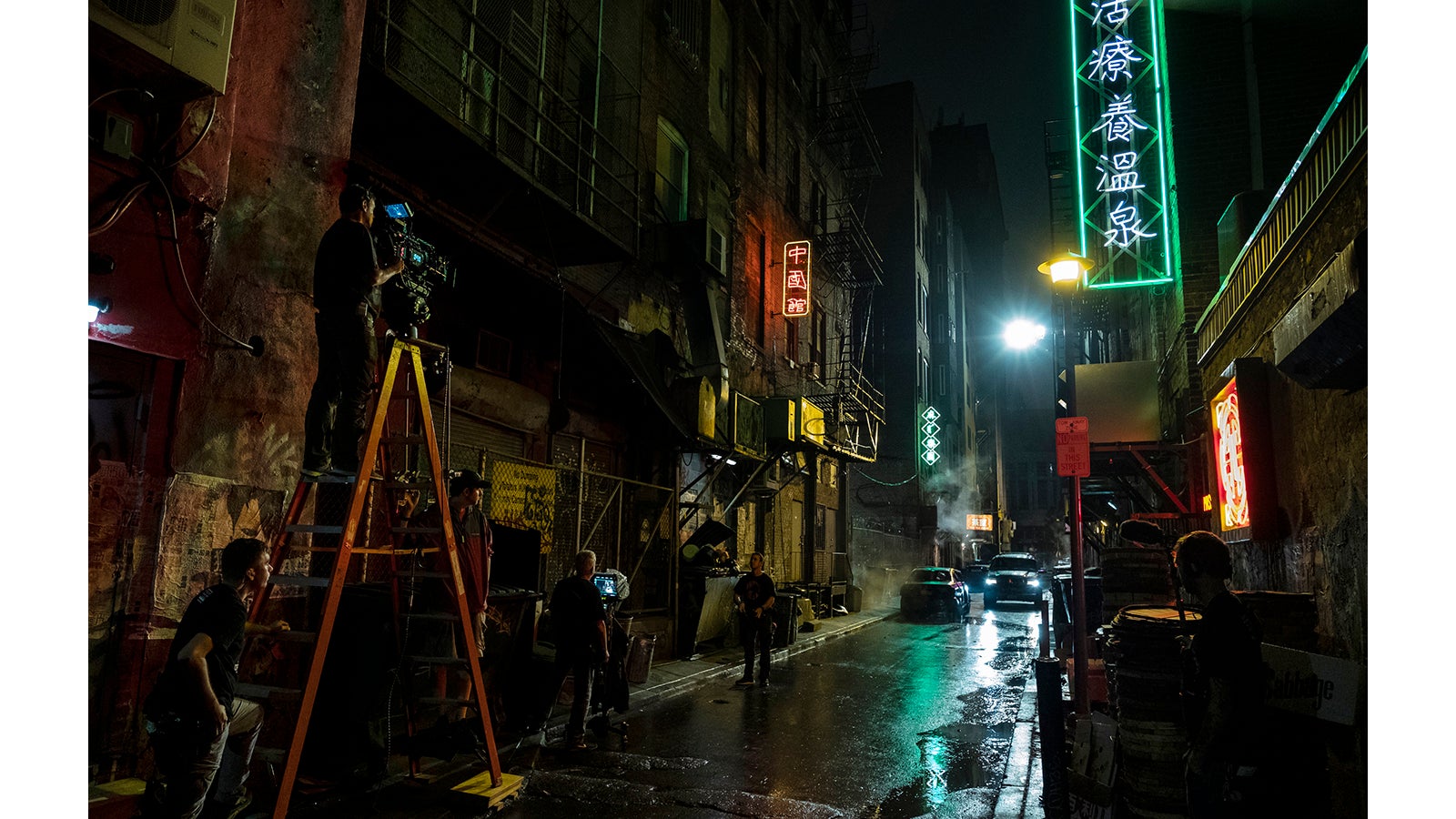
Jeff: What are your thoughts about Live Grain?
Paul: I absolutely love Live Grain. I think it's the only option out there for film grain emulation. It reacts in a way that film grain does. You can adjust the tone, the curve. You can stretch it. You can add contrast to it. It really looks alive and real. There's no other film grain emulation solution that I've seen that comes close.
Filmmaking is about consistency. And shooting film has always been about consistency. Right now it's like opening a box and looking at a can of film and saying, "Wow 5294 Expression 500. I've never seen that before." And then you shoot 400 feet of that film and you're like, "That's the most beautiful film stock I've ever shot." And you get comfortable with it, shoot three movies with it, and that's where I'm at with this camera and this system right now. It's very hard for me to go to another system based on the results I've been getting from the VENICE.





